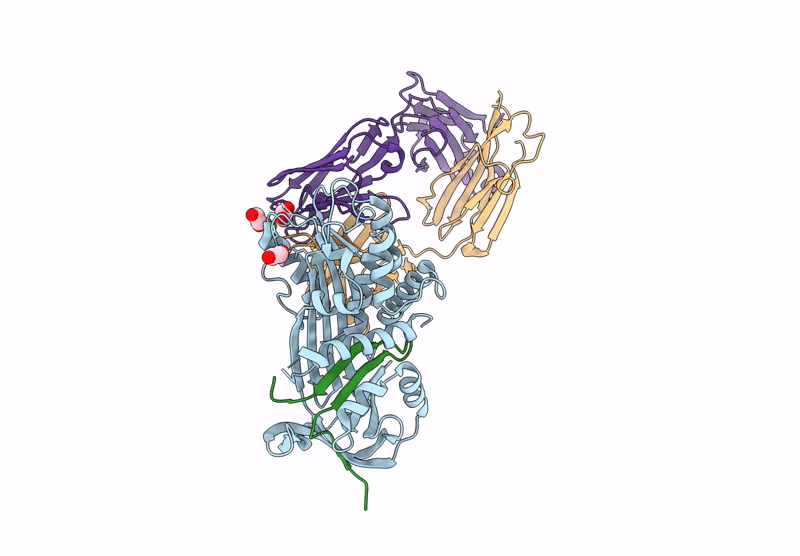
Deposition Date
2024-08-13
Release Date
2025-05-14
Last Version Date
2025-05-14
Entry Detail
PDB ID:
9GGP
Keywords:
Title:
Alpha-1-antitrypsin in complex with the Fab fragment of an anti-polymer antibody
Biological Source:
Source Organism:
Homo sapiens (Taxon ID: 9606)
Mus musculus (Taxon ID: 10090)
Mus musculus (Taxon ID: 10090)
Host Organism:
Method Details:
Experimental Method:
Resolution:
1.84 Å
R-Value Free:
0.20
R-Value Work:
0.17
R-Value Observed:
0.17
Space Group:
P 21 21 2


